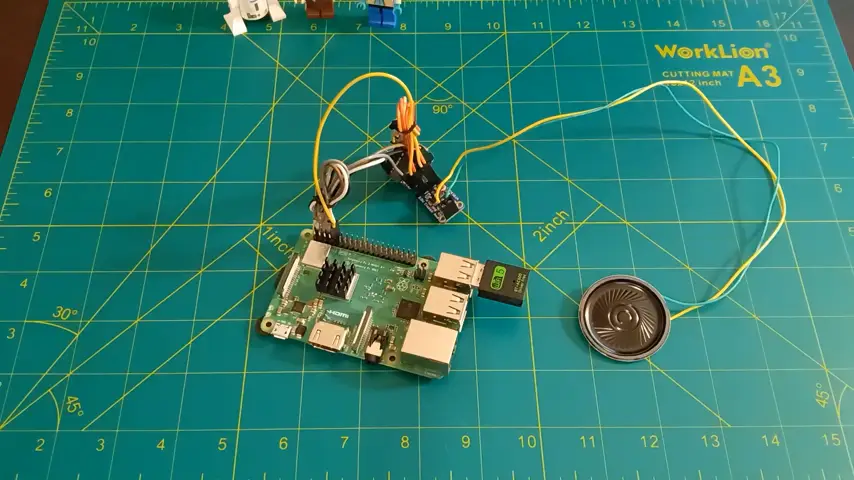Copyright XDA Developers

Summary Wi-Fi packets turned into sound: Pi sniffs traffic, microcontroller converts data to audio. Sounds like a tortured modem: shrieking, bit-crushed digital hellscape. Fun nostalgic experiment honoring dial-up's end; cool tech, glad we don't hear it constantly. If you were around during the days of dial-up internet, first of all, I'd like to tip my hat to another tech oldie. I hope your back pain medicine is working okay. If you weren't, then you likely don't know about the sound of dial-up. Essentially, every time you connected to the internet via a dial-up connection, your computer would broadcast the connection audio so you could hear everything during the process. Once everything was connected and working fine, the sound went away again, but the mere sound always brings back memories of connecting to my 56K modem to surf websites where images took a minute to load. So, what happens if you take modern-day Wi-Fi internet and add the same sort of audio tech to hear it? Well, someone decided to do just that, and while it's very cool to hear a Wi-Fi connection, I'm very happy that we no longer have to hear it. Listening to Wi-Fi is like opening a portal to digital hell This project comes to us via Nick Bild, who uploaded a video on YouTube showing off their new project. It was made to honor the recent news that AOL finally wound down its dial-up service after decades of service, so what better way to send it off than to hear what the modern-day equivalent of the dial-up sound is like? Here's how Nick did it: I wanted to bring the experience of hearing an internet connection into the modern age. I’m using a Raspberry Pi 3 to make that possible. It has a secondary USB Wi-Fi adapter that I use to sniff network traffic. I put the adapter into a mode that receives all traffic, then I filter it to target one particular computer, so that I can focus on its traffic. I then send the data from the captured packets to an Adafruit QT Py microcontroller via a serial connection. A Python script automates capturing packets and forwarding them to the microcontroller. The microcontroller then turns the received data value into an amplitude that I use to generate a sound wave. This is converted into an analog signal with the onboard digital-to-analog converter, and the output is fed into an audio amplifier that plays the sound through a speaker. So, how does it sound? Well, you can jump ahead to 3:32 in the above video to hear it. Personally, I think it sounds like the screams of the damned squeezed through a modem and bitcrushed into oblivion, but maybe you'll like it better. Either way, I think I'm happier not hearing those sounds when I connect to the net.



